Our talk with ABKCO Records’ Chief Audio Engineer about the painstaking process and decision to go Mono
The Rolling Stones in Mono is a new 15-CD boxed set—released by ABKCO Records on September 30, 2016—that delivers exactly what its title promises: the mono mixes of all of The Stones’ earliest albums, from their self-titled debut through Let it Bleed, painstakingly remastered. The set’s final disc, Stray Cats, is a new collection containing 24 tracks that did not appear on the original albums, among them several single versions, B-sides, etc. Finally, the boxed set includes a 46-page booklet with essays by journalist David Fricke and tons of rare photos.
Just prior to the release of The Rolling Stones in Mono, we spoke with Teri Landi, ABKCO’s Chief Audio Engineer, about the making of the Stones box and her job—preparing reissues, anthologies, etc., for release—in general.
When ABKCO decides to put together an archival release, what is the first thing you do?
Terri Landi: Once a project is agreed upon conceptually, the next stage is to decide how the recorded material should be compiled and presented. Sometimes it’s obvious if there had been an original release of the material. You may want to stick with the original concept and possibly add to it if there is previously unreleased material. But sometimes you have to start from scratch, especially when dealing with recordings that have never been heard by the general public. With every release there is a story to be told and we’ll figure out how to execute that in the best manner.
Your gig sounds like a dream job—you get to take vintage recordings, listen to them repeatedly, clean up the sound and make them available to the public. Is that simplifying it?
TL: It is a dream job! But, you must be a meticulous soul. Over the course of 28 years, I have listened to and cataloged thousands of tapes. First-generation masters are identified and transferred to high-resolution digital with vintage tape machines. I work with a variety of tape widths, to accommodate the playback of various multi-track tapes. And in the case of mono, using a full-track mono tape head is most important to get a genuine reproduction of what is printed on a mono tape. In certain cases, software is utilized to tackle a variety of issues. I also research the original recording sessions, the majority of which in ABKCO’s catalog range from the mid-1950s to the mid-1970s. Using a variety of sources (original tape boxes, session documentation etc.), I can determine record dates and studios in the various stages of production (recording, mixing, mastering).
OK, let’s get to The Rolling Stones in Mono. Why re-release mono versions of the Stones’ early albums? Why would we want to hear them—especially those albums that are already available in stereo?
TL: Well, they are two different listening experiences. Between 1963 and 1965, the Stones either recorded directly to a mono tape machine or to a 3-track, multi-track tape machine and mixed down to mono. What they recorded, mixed and heard in the studio was mono and their London (U.S.) and Decca (U.K.) singles and albums were released in mono. The U.S. albums were also released in stereo but that was an electronically reprocessed stereo and not true stereo. (Of note, their 1964 Chess sessions did produce true stereo mixes but they were not widely available at the time).
Jump ahead to 1966 to when the Stones released Aftermath, which was their first true stereo album. By this time they were recording to a 4-track, multi-track tape machine which allowed for a bit more separation of instruments to different tracks when recording.
When the engineer would mix these tracks to stereo, he would generally place the rhythm section in the left channel, the other instruments to the right channel and the vocal or vocals in the center to create a stereo image. When he’d mix to mono, he would balance everything to one channel so the rhythm section would be fully centered. No bass and drums off to the side but in the middle and driving the mix. There’s more punch, immediacy and, yes, balance.
As the ’60s moved on and 8-track and 16-track recording allowed for more instrument separation and better imaging in stereo mixes, an artist was less likely to do a full album mix in mono. The singles were still mono though because of AM radio and those transistor radios everyone still had. Over the decades stereo became the standard in the album world and so when the compact disc flourished, the stereo versions of many iconic albums became the favored way to reissue most restorations.
Related: A guided tour of the Stones’ early hangouts
You decided to include both British and American versions of the albums that came out in different configurations in the two countries. Why?
TL: Every album is a unique listening experience due to song content and sequencing. A listener’s memory can be tied to that experience, depending on which set of albums, whether it was the U.S. or U.K. configuration, or a combination of the two, they grew up with. There are also recordings that were actually unique to a particular U.S. or U.K. studio album and did not appear on a counterpart album. Examples that come to mind are “One More Try” on the U.S. Out of Our Heads, “I Can’t Be Satisfied” on No. 2 (U.K. album), the two versions of “Time Is on My Side”—organ intro version on 12 x 5 (U.S. album) and the guitar intro version on No. 2 (U.K. album) and the two versions of “Everybody Needs Somebody To Love”—version 1 (shorter) on The Rolling Stones, Now! (U.S. album) and version 2 (longer) on No. 2 (U.K. album).
What were some of the particular challenges you faced in putting this package together? Were there any issues with the source tapes that you had to overcome?
TL: The source tapes for this project were generally in excellent shape. These are magnetic tapes that are 50 years old (plus or minus a few years) so, that is quite remarkable. The type of tape used at that time holds up well depending on how it’s stored.
Related: Rolling Stones Mono Box gets 7″ singles bundle
What were you looking for sonically when you were preparing a given album for the box, and how might that differ with an early Stones album, say 12 x 5, and a later one, like Let it Bleed, when they were already using much more sophisticated recording equipment?
TL: Well, one way that the earlier albums and singles differ from the later ones is that in the period between 1963 and 1965, the Stones were recording at a lot of different studios. Their earliest releases were recorded at Olympic Sound, Regent Sound, Decca and Kingsway Studios, all in London. Soon after their success in the U.K., [Stones manager and producer] Andrew Loog Oldham brought them to the U.S. to record at Chess in Chicago and RCA in Hollywood. Different studios with different-sized rooms, echo chambers and sound engineers. The results will differ sonically.
By 1966, the majority of their recordings were done at RCA in Hollywood and by the time they got to Their Satanic Majesties Request, Beggars Banquet and Let It Bleed, they were pretty much spending their recording time at Olympic Sound Studios in London. The 1966 to 1969 albums are more unified sonically.
One thing I love to do with the early albums, and I know Stones fans love to do as well, is to figure out which studio each track was recorded at. Even if you know the recording history of the Stones, as I do, it’s still a great way to keep your listening skills in shape by recognizing the sound and character of the live room or the echo chamber or the technique of the engineer.
Check out the electronic press kit for ABKCO’s The Rolling Stones in Mono box
Other than working on the music itself to attain the best sound quality possible, what considerations did the label take into account in order to get the release ready for market?
TL: We wanted to create a set that will live in a music lover’s collection so the packaging had to match the quality of the newly remastered recordings. We wanted the booklet to have rare photos and an essay that would not only be able to guide the listener through this iconic music but to also give historical context to the decade it was recorded in and the technology of the times. An education for the new generation of listeners and a reminder for the generation that first experienced it.
Bonus video: No relation to the ABKCO box, but we love this very early clip of the Stones, performing Chuck Berry’s “Around and Around” on The T.A.M.I. Show.
If you’re a new reader of ours, we’d be grateful if you would Like our Facebook page and/or bookmark our Home page.

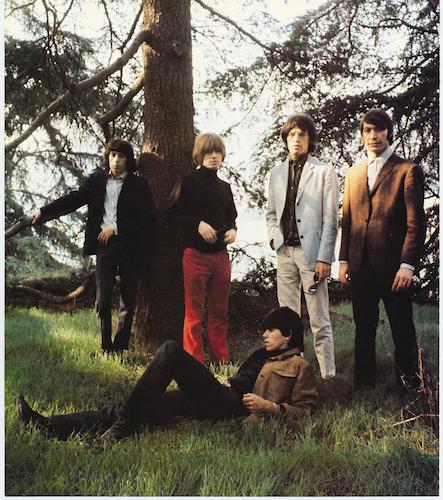
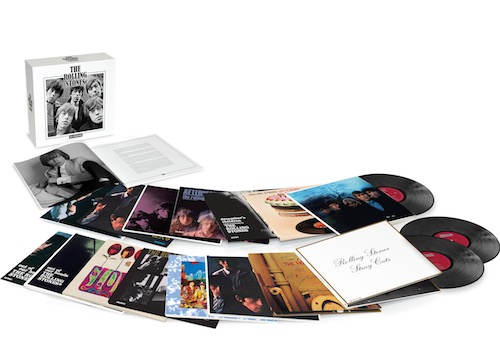
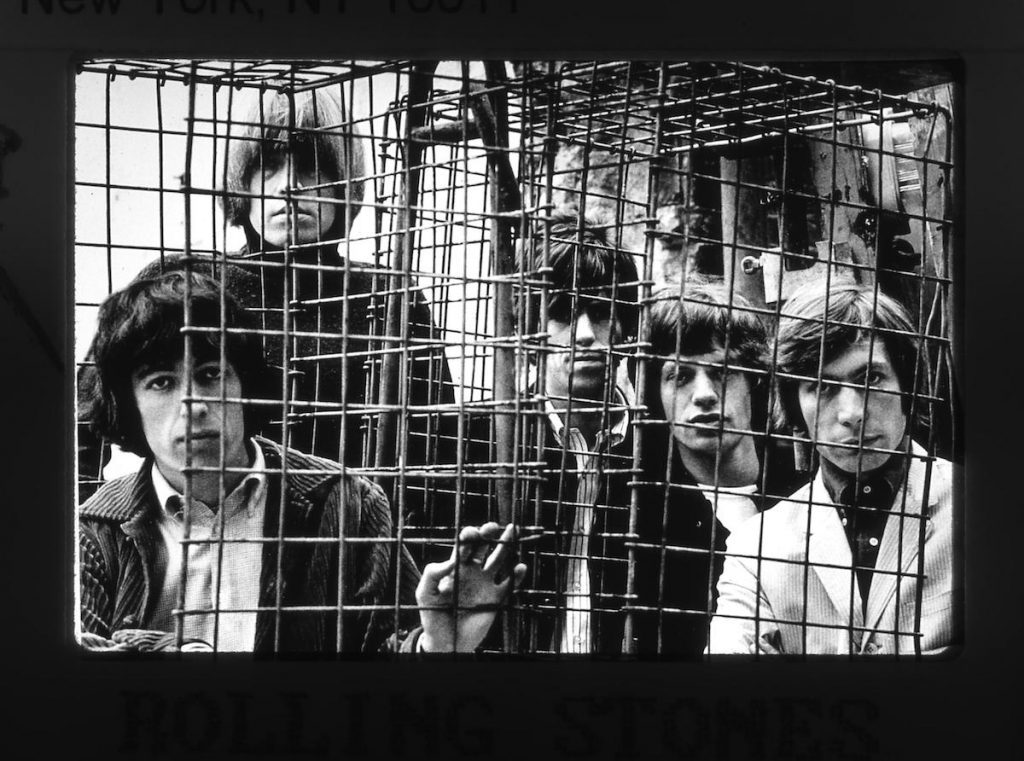

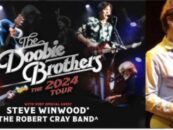

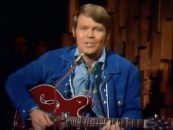

No Comments so far
Jump into a conversationNo Comments Yet!
You can be the one to start a conversation.